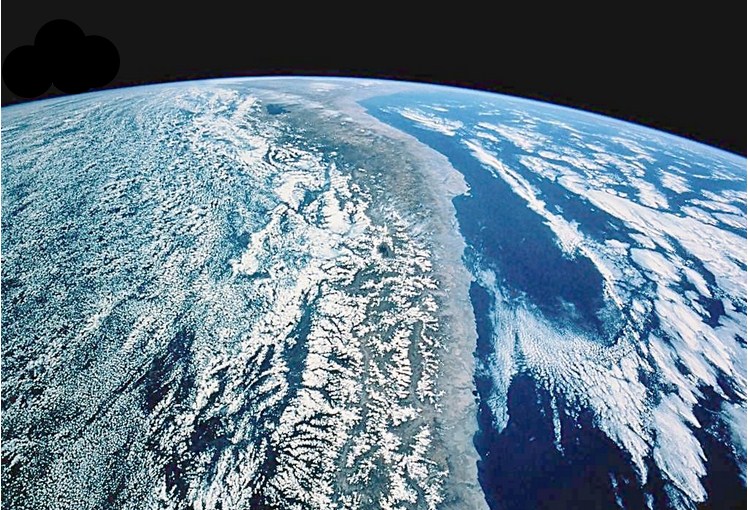On land, if you rose to the top of a five-hundred-foot eminence—Cologne Cathedral or the Washington Monument, say—the change in pressure would be so slight as to be indiscernible. At the same depth underwater, however, your veins would collapse and your lungs would compress to the approximate dimensions of a Coke can. Amazingly, people do voluntarily dive to such depths, without breathing apparatus, for the fun of it in a sport known as free diving. Apparently the experience of having your internal organs rudely deformed is thought exhilarating (though not presumably as exhilarating as having them return to their former dimensions upon resurfacing). To reach such depths, however, divers must be dragged down, and quite briskly, by weights. Without assistance, the deepest anyone has gone and lived to talk about it afterward was an Italian named Umberto Pelizzari, who in 1992 dove to a depth of 236 feet, lingered for a nanosecond, and then shot back to the surface. In terrestrial terms, 236 feet is just slightly over the length of one New York City block. So even in our most exuberant stunts we can hardly claim to be masters of the abyss.

Other organisms do of course manage to deal with the pressures at depth, though quite how some of them do so is a mystery. The deepest point in the ocean is the Mariana Trench in the Pacific. There, some seven miles down, the pressures rise to over sixteen thousand pounds per square inch.












